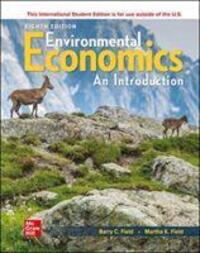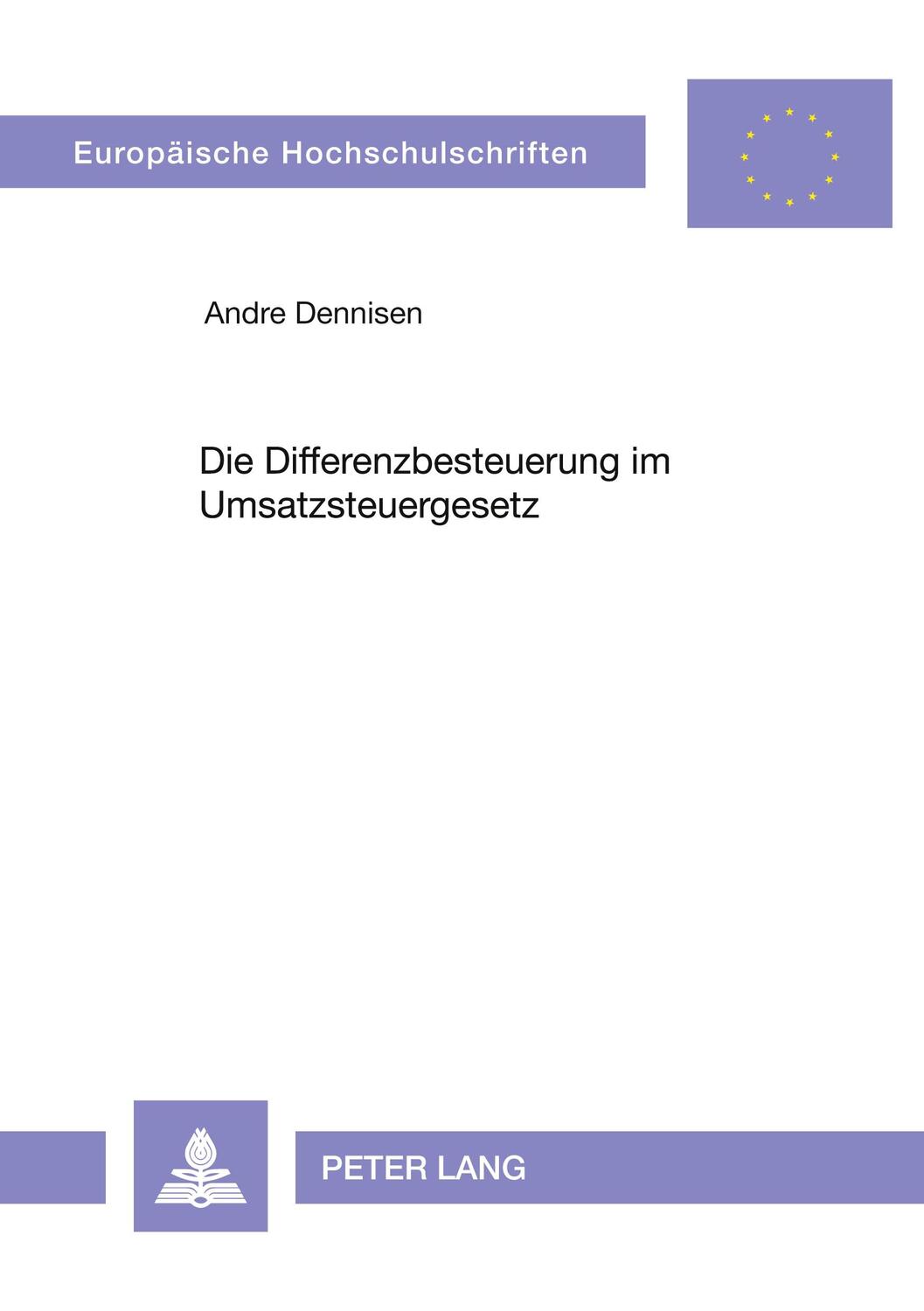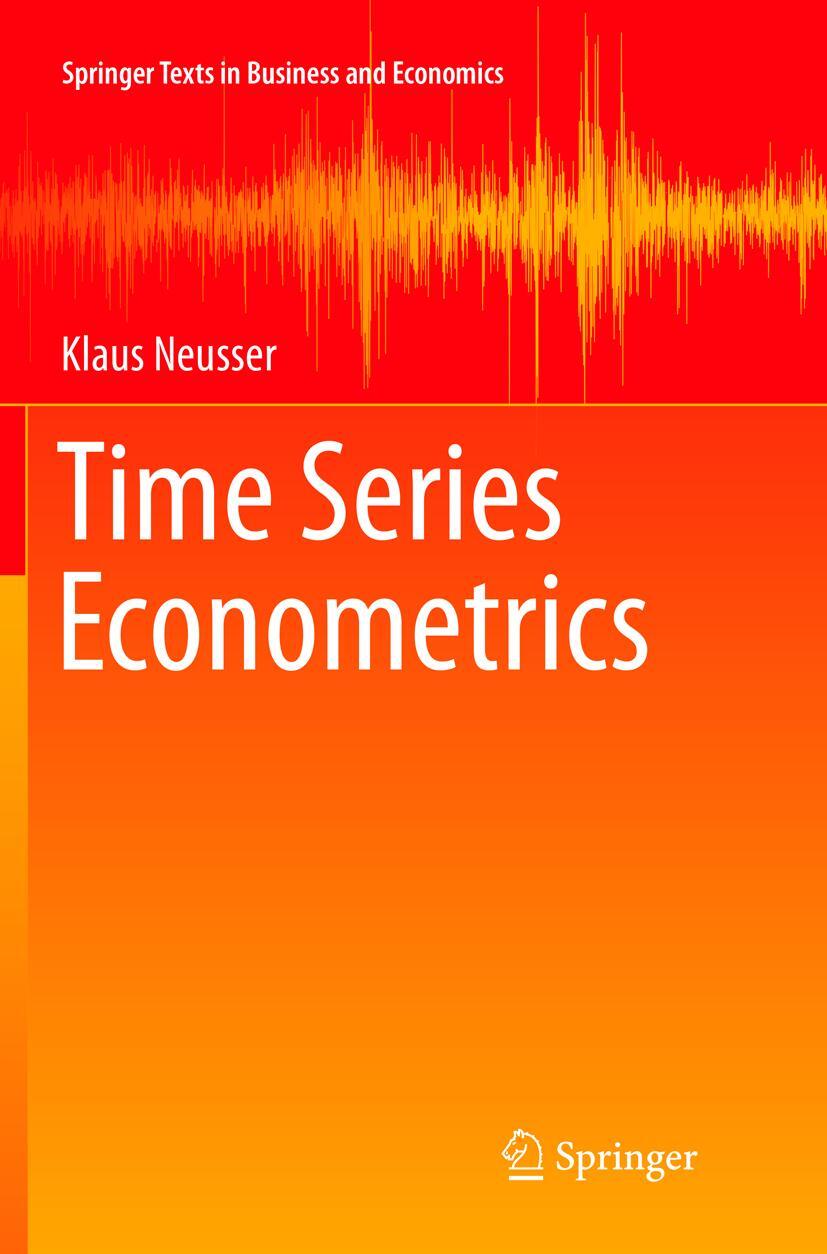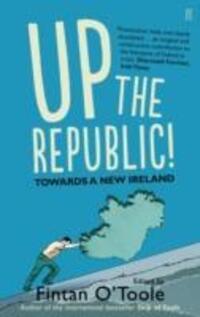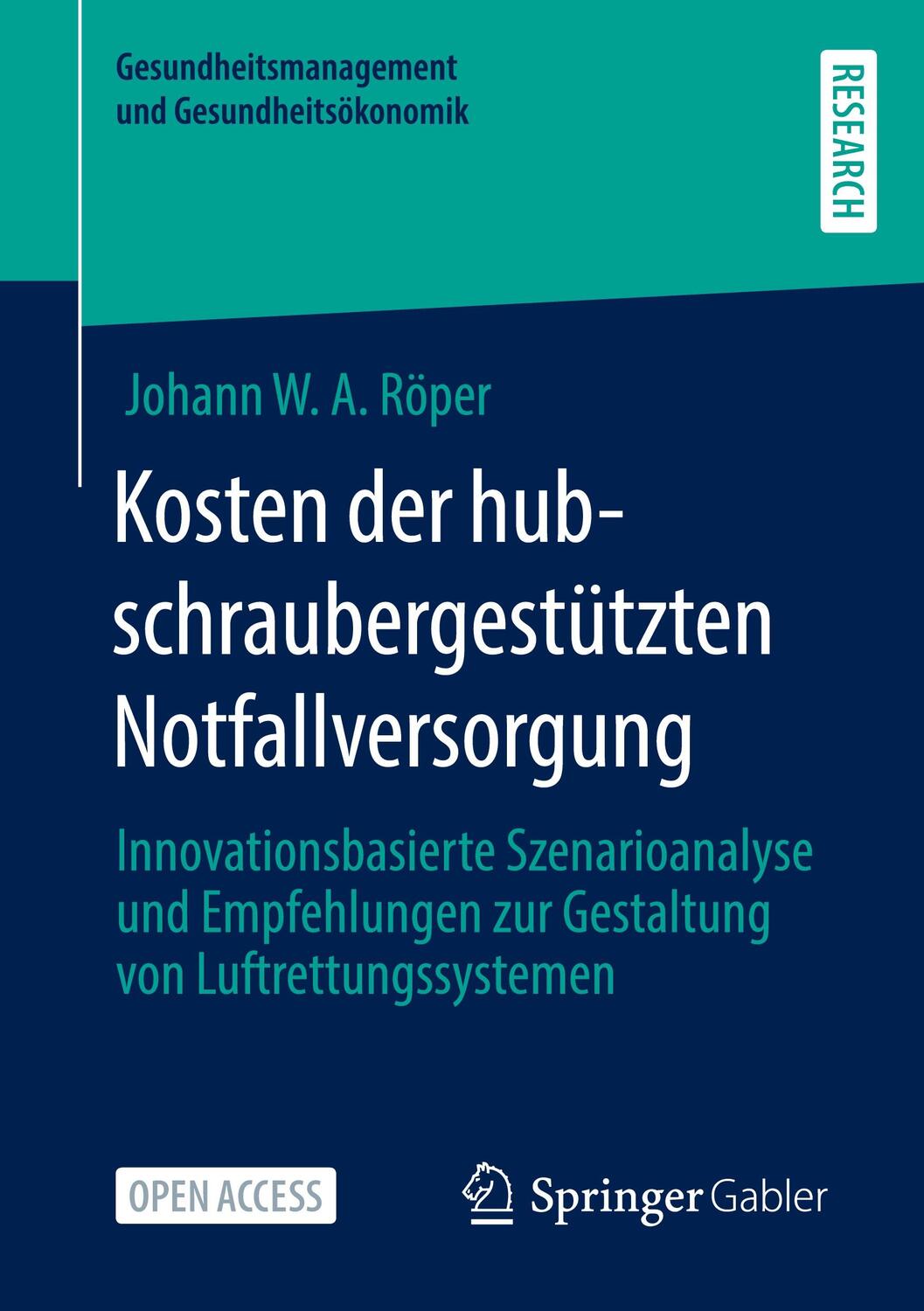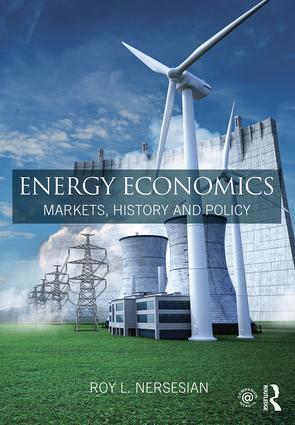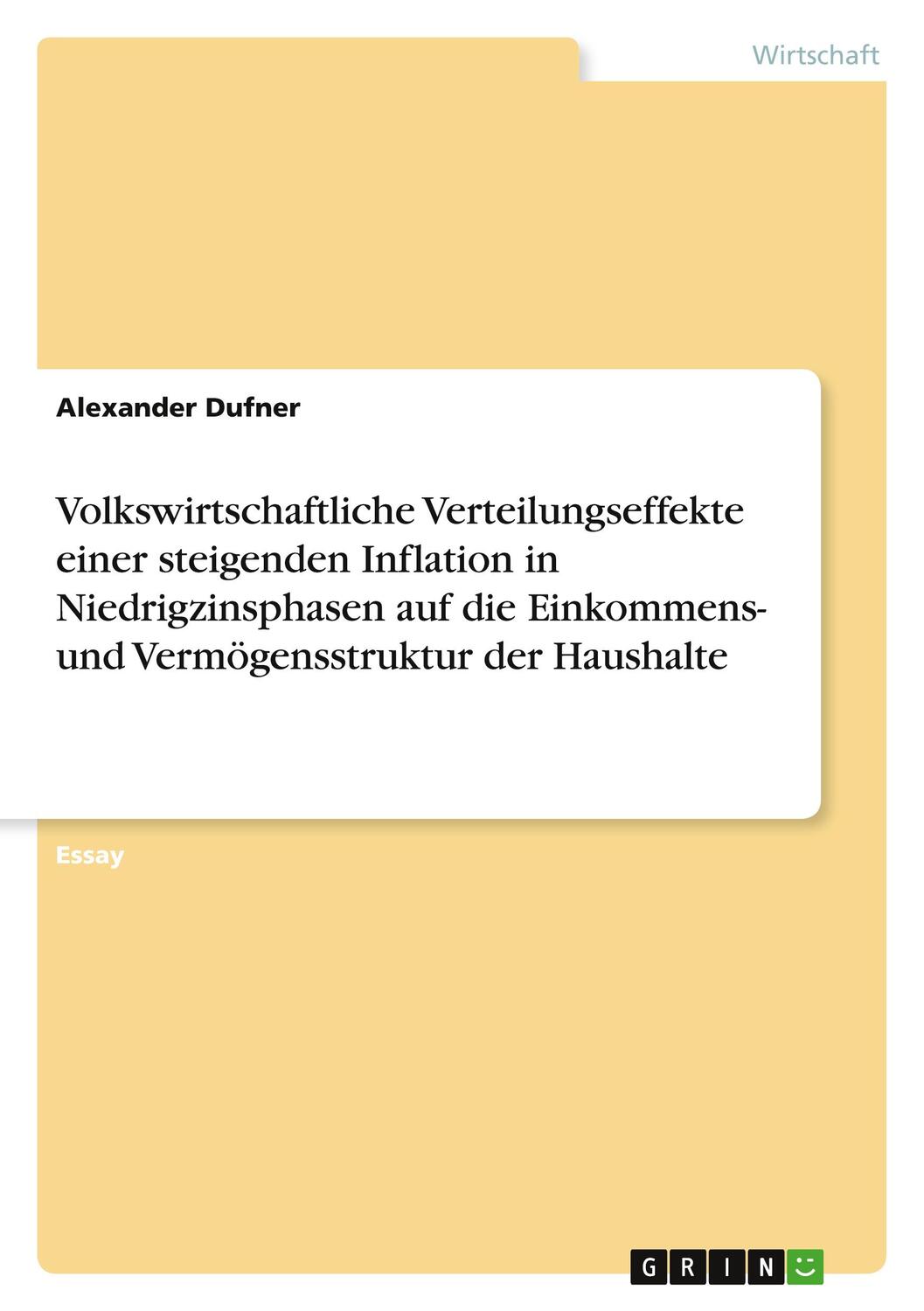Dekorationsartikel gehören nicht zum Leistungsumfang.
Sprache:
Englisch
88,40 €*
Versandkostenfrei per Post / DHL
Lieferzeit 1-2 Wochen
Kategorien:
Beschreibung
Environmental Economics is an introduction to the basic principles of environmental economics as they have been developed in the past and as they continue to evolve. The examples discussed in this text represent only a sample of the full range of issues that actually exists. For this reason, the Eighth Edition sticks to the basic ideas and ways that environmental economists have found to make the basic concepts and models more specific and relevant to concrete environmental issues.
The basic structure and sequence of chapters in this edition are unchanged although we have reorganized and updated the last section on global issues. The first section of the book is an introduction, beginning with a chapter on what environmental economics is about, followed by one on the basic relationships between the economy and the environment. The next section is devoted to studying the "tools" of analysis, the principles of demand and cost, and the elements of economic efficiency both in market and nonmarket activities. These chapters are not meant to be completely thorough treatments of these theoretical topics; however, given the objective of the book, the introductory chapters are essential. Even those who have had a course in microeconomic principles might find them valuable for purposes of review. Section 2 also contains a chapter in which these economic principles are applied to a simple model of environmental pollution control.
Section 3 is on environmental analysis. Here we look closely at some of the techniques that have been developed by environmental economists to answer some of the fundamental value questions that underlie environmental decision making. We focus especially on the principles of benefit-cost analysis. After this we move to Section 4, on the principles of environmental policy design. It begins with a short chapter dealing with the criteria we might use to evaluate policies, then moves on to chapters on the main approaches to environmental quality management.
Sections 5 and 6 contain policy chapters, where we examine current developments in environmental policy with the analytical tools developed earlier. Section 5 is devoted to environmental policy in the United States, covering federal policy on water, air, and toxic materials. It also contains a chapter on environmental issues at the state and local levels, including recycling. Finally, the last section looks at international environmental issues: global climate change, the economics of international environmental agreements, globalization, and economic development and the environment.
A collection of relevant web links and additional sources is available on the website. Also available is a tutorial for working with graphs. For instructors, the website offers an Instructor's Manual available for easy download. To access the website associated with this book, please visit the instructor resources.
The basic structure and sequence of chapters in this edition are unchanged although we have reorganized and updated the last section on global issues. The first section of the book is an introduction, beginning with a chapter on what environmental economics is about, followed by one on the basic relationships between the economy and the environment. The next section is devoted to studying the "tools" of analysis, the principles of demand and cost, and the elements of economic efficiency both in market and nonmarket activities. These chapters are not meant to be completely thorough treatments of these theoretical topics; however, given the objective of the book, the introductory chapters are essential. Even those who have had a course in microeconomic principles might find them valuable for purposes of review. Section 2 also contains a chapter in which these economic principles are applied to a simple model of environmental pollution control.
Section 3 is on environmental analysis. Here we look closely at some of the techniques that have been developed by environmental economists to answer some of the fundamental value questions that underlie environmental decision making. We focus especially on the principles of benefit-cost analysis. After this we move to Section 4, on the principles of environmental policy design. It begins with a short chapter dealing with the criteria we might use to evaluate policies, then moves on to chapters on the main approaches to environmental quality management.
Sections 5 and 6 contain policy chapters, where we examine current developments in environmental policy with the analytical tools developed earlier. Section 5 is devoted to environmental policy in the United States, covering federal policy on water, air, and toxic materials. It also contains a chapter on environmental issues at the state and local levels, including recycling. Finally, the last section looks at international environmental issues: global climate change, the economics of international environmental agreements, globalization, and economic development and the environment.
A collection of relevant web links and additional sources is available on the website. Also available is a tutorial for working with graphs. For instructors, the website offers an Instructor's Manual available for easy download. To access the website associated with this book, please visit the instructor resources.
Environmental Economics is an introduction to the basic principles of environmental economics as they have been developed in the past and as they continue to evolve. The examples discussed in this text represent only a sample of the full range of issues that actually exists. For this reason, the Eighth Edition sticks to the basic ideas and ways that environmental economists have found to make the basic concepts and models more specific and relevant to concrete environmental issues.
The basic structure and sequence of chapters in this edition are unchanged although we have reorganized and updated the last section on global issues. The first section of the book is an introduction, beginning with a chapter on what environmental economics is about, followed by one on the basic relationships between the economy and the environment. The next section is devoted to studying the "tools" of analysis, the principles of demand and cost, and the elements of economic efficiency both in market and nonmarket activities. These chapters are not meant to be completely thorough treatments of these theoretical topics; however, given the objective of the book, the introductory chapters are essential. Even those who have had a course in microeconomic principles might find them valuable for purposes of review. Section 2 also contains a chapter in which these economic principles are applied to a simple model of environmental pollution control.
Section 3 is on environmental analysis. Here we look closely at some of the techniques that have been developed by environmental economists to answer some of the fundamental value questions that underlie environmental decision making. We focus especially on the principles of benefit-cost analysis. After this we move to Section 4, on the principles of environmental policy design. It begins with a short chapter dealing with the criteria we might use to evaluate policies, then moves on to chapters on the main approaches to environmental quality management.
Sections 5 and 6 contain policy chapters, where we examine current developments in environmental policy with the analytical tools developed earlier. Section 5 is devoted to environmental policy in the United States, covering federal policy on water, air, and toxic materials. It also contains a chapter on environmental issues at the state and local levels, including recycling. Finally, the last section looks at international environmental issues: global climate change, the economics of international environmental agreements, globalization, and economic development and the environment.
A collection of relevant web links and additional sources is available on the website. Also available is a tutorial for working with graphs. For instructors, the website offers an Instructor's Manual available for easy download. To access the website associated with this book, please visit the instructor resources.
The basic structure and sequence of chapters in this edition are unchanged although we have reorganized and updated the last section on global issues. The first section of the book is an introduction, beginning with a chapter on what environmental economics is about, followed by one on the basic relationships between the economy and the environment. The next section is devoted to studying the "tools" of analysis, the principles of demand and cost, and the elements of economic efficiency both in market and nonmarket activities. These chapters are not meant to be completely thorough treatments of these theoretical topics; however, given the objective of the book, the introductory chapters are essential. Even those who have had a course in microeconomic principles might find them valuable for purposes of review. Section 2 also contains a chapter in which these economic principles are applied to a simple model of environmental pollution control.
Section 3 is on environmental analysis. Here we look closely at some of the techniques that have been developed by environmental economists to answer some of the fundamental value questions that underlie environmental decision making. We focus especially on the principles of benefit-cost analysis. After this we move to Section 4, on the principles of environmental policy design. It begins with a short chapter dealing with the criteria we might use to evaluate policies, then moves on to chapters on the main approaches to environmental quality management.
Sections 5 and 6 contain policy chapters, where we examine current developments in environmental policy with the analytical tools developed earlier. Section 5 is devoted to environmental policy in the United States, covering federal policy on water, air, and toxic materials. It also contains a chapter on environmental issues at the state and local levels, including recycling. Finally, the last section looks at international environmental issues: global climate change, the economics of international environmental agreements, globalization, and economic development and the environment.
A collection of relevant web links and additional sources is available on the website. Also available is a tutorial for working with graphs. For instructors, the website offers an Instructor's Manual available for easy download. To access the website associated with this book, please visit the instructor resources.
Über den Autor
Barry C. Field is Professor of Resource Economics at the University of Massachusetts in Amherst. Previously he taught at the University of Miami and The George Washington University. He received his B.S. and M.S. degrees from Cornell University, and his Ph.D. from the University of California at Berkeley. At the University of Massachusetts he has devoted many years to teaching natural resource economics to students at all levels, and has worked to develop an undergraduate major in environmental and resource economics. Professor Field is the author of numerous articles on resource and environmental economics.
Inhaltsverzeichnis
Chapter 1: What Is Environmental Economics?
Chapter 2: The Economy and the Environment
Chapter 3: Benefits and Costs, Supply and Demand
Chapter 4: Markets, Externalities, and Public Goods
Chapter 5: The Economics of Environmental Quality
Chapter 6: Frameworks of Analysis
Chapter 7: Benefit-Cost Analysis: Benefits
Chapter 8: Benefit-Cost Analysis: Costs
Chapter 9: Criteria for Evaluating Environmental Policies
Chapter 10: Decentralized Policies: Liability Laws, Property Rights, Voluntary Action
Chapter 11: Command-and-Control Strategies: The Case of Standards
Chapter 12: Incentive-Based Strategies: Environmental Charges and Subsidies
Chapter 13: Incentive-Based Strategies: Market Trading Systems
Chapter 14: Federal Water Pollution- Control Policy
Chapter 15: Federal Air Pollution-Control Policy
Chapter 16: Federal Policy on Toxic and Hazardous Substances
Chapter 17: State and Local Environmental Issues
Chapter 18: Global Climate Change
Chapter 19: International Environmental Agreements
Chapter 20: Globalization
Chapter 21: Economic Development and the Environment
Chapter 2: The Economy and the Environment
Chapter 3: Benefits and Costs, Supply and Demand
Chapter 4: Markets, Externalities, and Public Goods
Chapter 5: The Economics of Environmental Quality
Chapter 6: Frameworks of Analysis
Chapter 7: Benefit-Cost Analysis: Benefits
Chapter 8: Benefit-Cost Analysis: Costs
Chapter 9: Criteria for Evaluating Environmental Policies
Chapter 10: Decentralized Policies: Liability Laws, Property Rights, Voluntary Action
Chapter 11: Command-and-Control Strategies: The Case of Standards
Chapter 12: Incentive-Based Strategies: Environmental Charges and Subsidies
Chapter 13: Incentive-Based Strategies: Market Trading Systems
Chapter 14: Federal Water Pollution- Control Policy
Chapter 15: Federal Air Pollution-Control Policy
Chapter 16: Federal Policy on Toxic and Hazardous Substances
Chapter 17: State and Local Environmental Issues
Chapter 18: Global Climate Change
Chapter 19: International Environmental Agreements
Chapter 20: Globalization
Chapter 21: Economic Development and the Environment
Details
| Erscheinungsjahr: | 2020 |
|---|---|
| Fachbereich: | Volkswirtschaft |
| Genre: | Wirtschaft |
| Rubrik: | Recht & Wirtschaft |
| Medium: | Taschenbuch |
| Seiten: | 928 |
| Inhalt: | Kartoniert / Broschiert |
| ISBN-13: | 9781260575491 |
| ISBN-10: | 1260575497 |
| Sprache: | Englisch |
| Einband: | Kartoniert / Broschiert |
| Autor: |
Field, Barry C.
Field, Martha K |
| Hersteller: | McGraw-Hill Education |
| Maße: | 160 x 231 x 19 mm |
| Von/Mit: | Barry C. Field (u. a.) |
| Erscheinungsdatum: | 02.03.2020 |
| Gewicht: | 0,516 kg |
Über den Autor
Barry C. Field is Professor of Resource Economics at the University of Massachusetts in Amherst. Previously he taught at the University of Miami and The George Washington University. He received his B.S. and M.S. degrees from Cornell University, and his Ph.D. from the University of California at Berkeley. At the University of Massachusetts he has devoted many years to teaching natural resource economics to students at all levels, and has worked to develop an undergraduate major in environmental and resource economics. Professor Field is the author of numerous articles on resource and environmental economics.
Inhaltsverzeichnis
Chapter 1: What Is Environmental Economics?
Chapter 2: The Economy and the Environment
Chapter 3: Benefits and Costs, Supply and Demand
Chapter 4: Markets, Externalities, and Public Goods
Chapter 5: The Economics of Environmental Quality
Chapter 6: Frameworks of Analysis
Chapter 7: Benefit-Cost Analysis: Benefits
Chapter 8: Benefit-Cost Analysis: Costs
Chapter 9: Criteria for Evaluating Environmental Policies
Chapter 10: Decentralized Policies: Liability Laws, Property Rights, Voluntary Action
Chapter 11: Command-and-Control Strategies: The Case of Standards
Chapter 12: Incentive-Based Strategies: Environmental Charges and Subsidies
Chapter 13: Incentive-Based Strategies: Market Trading Systems
Chapter 14: Federal Water Pollution- Control Policy
Chapter 15: Federal Air Pollution-Control Policy
Chapter 16: Federal Policy on Toxic and Hazardous Substances
Chapter 17: State and Local Environmental Issues
Chapter 18: Global Climate Change
Chapter 19: International Environmental Agreements
Chapter 20: Globalization
Chapter 21: Economic Development and the Environment
Chapter 2: The Economy and the Environment
Chapter 3: Benefits and Costs, Supply and Demand
Chapter 4: Markets, Externalities, and Public Goods
Chapter 5: The Economics of Environmental Quality
Chapter 6: Frameworks of Analysis
Chapter 7: Benefit-Cost Analysis: Benefits
Chapter 8: Benefit-Cost Analysis: Costs
Chapter 9: Criteria for Evaluating Environmental Policies
Chapter 10: Decentralized Policies: Liability Laws, Property Rights, Voluntary Action
Chapter 11: Command-and-Control Strategies: The Case of Standards
Chapter 12: Incentive-Based Strategies: Environmental Charges and Subsidies
Chapter 13: Incentive-Based Strategies: Market Trading Systems
Chapter 14: Federal Water Pollution- Control Policy
Chapter 15: Federal Air Pollution-Control Policy
Chapter 16: Federal Policy on Toxic and Hazardous Substances
Chapter 17: State and Local Environmental Issues
Chapter 18: Global Climate Change
Chapter 19: International Environmental Agreements
Chapter 20: Globalization
Chapter 21: Economic Development and the Environment
Details
| Erscheinungsjahr: | 2020 |
|---|---|
| Fachbereich: | Volkswirtschaft |
| Genre: | Wirtschaft |
| Rubrik: | Recht & Wirtschaft |
| Medium: | Taschenbuch |
| Seiten: | 928 |
| Inhalt: | Kartoniert / Broschiert |
| ISBN-13: | 9781260575491 |
| ISBN-10: | 1260575497 |
| Sprache: | Englisch |
| Einband: | Kartoniert / Broschiert |
| Autor: |
Field, Barry C.
Field, Martha K |
| Hersteller: | McGraw-Hill Education |
| Maße: | 160 x 231 x 19 mm |
| Von/Mit: | Barry C. Field (u. a.) |
| Erscheinungsdatum: | 02.03.2020 |
| Gewicht: | 0,516 kg |
Warnhinweis

